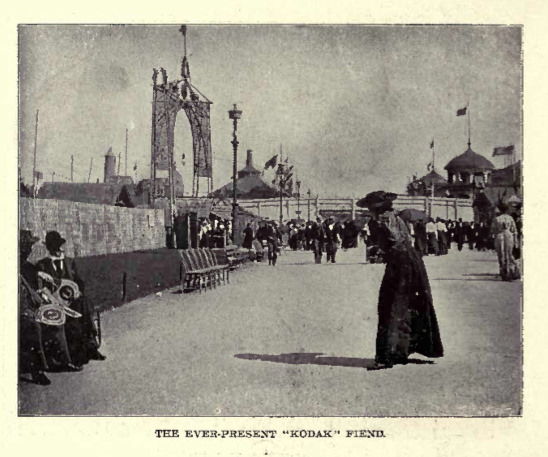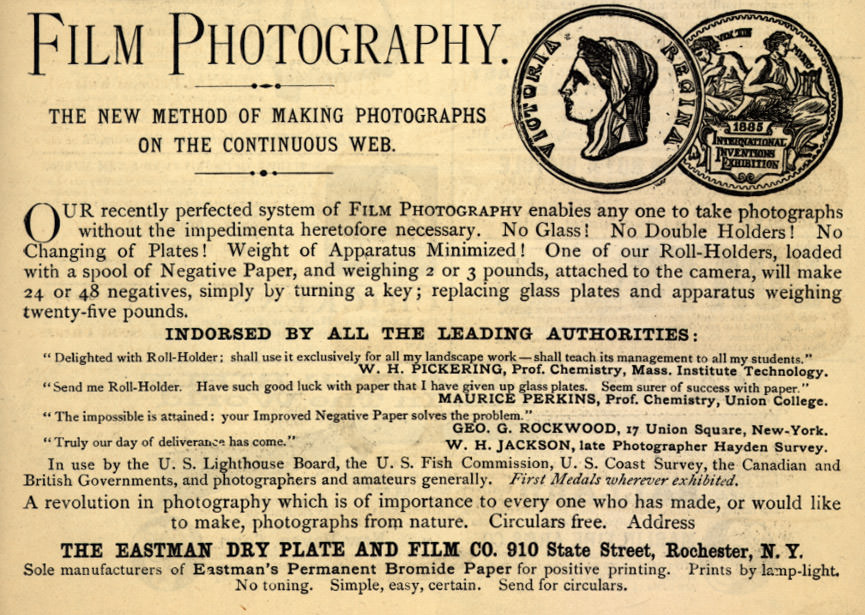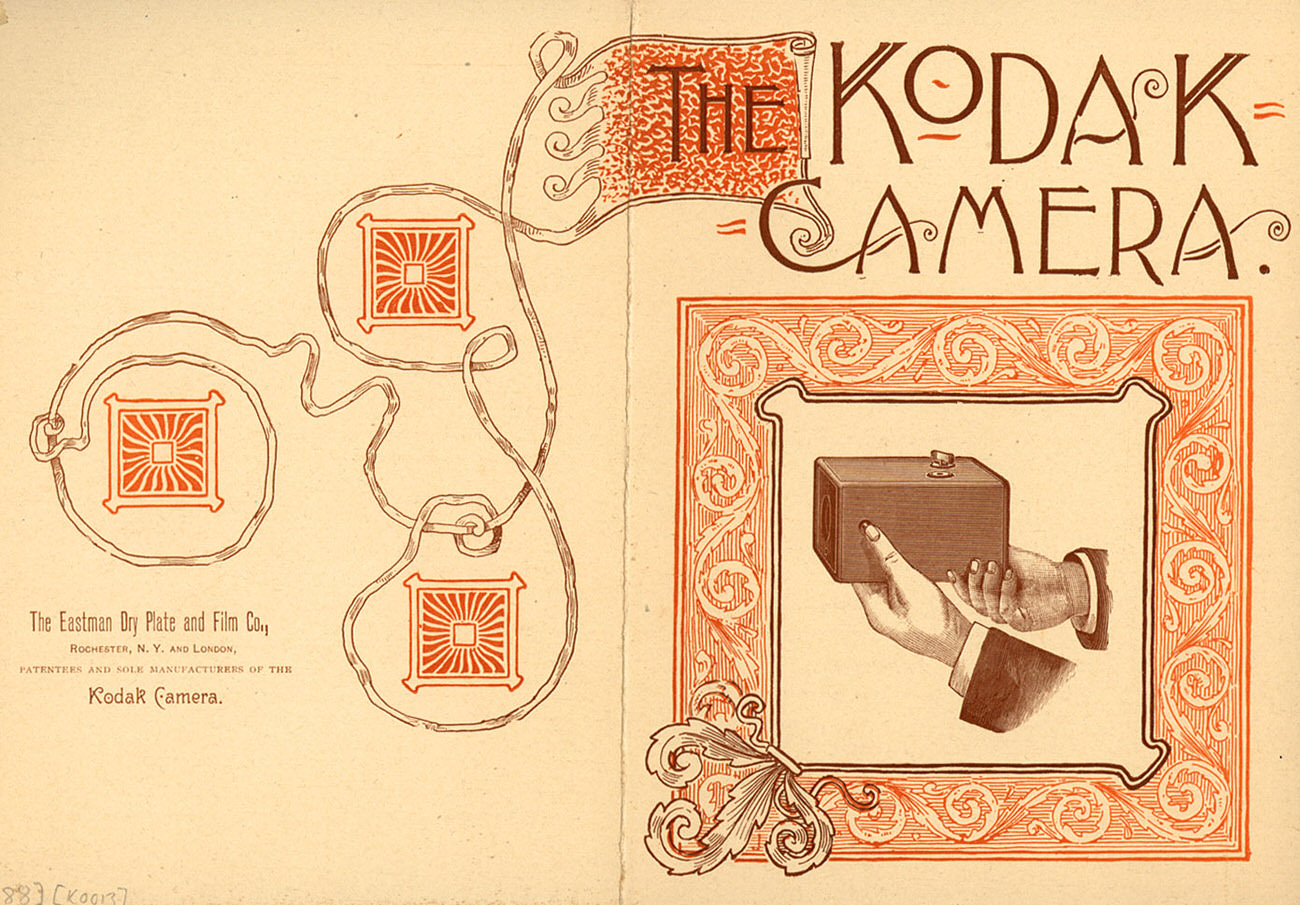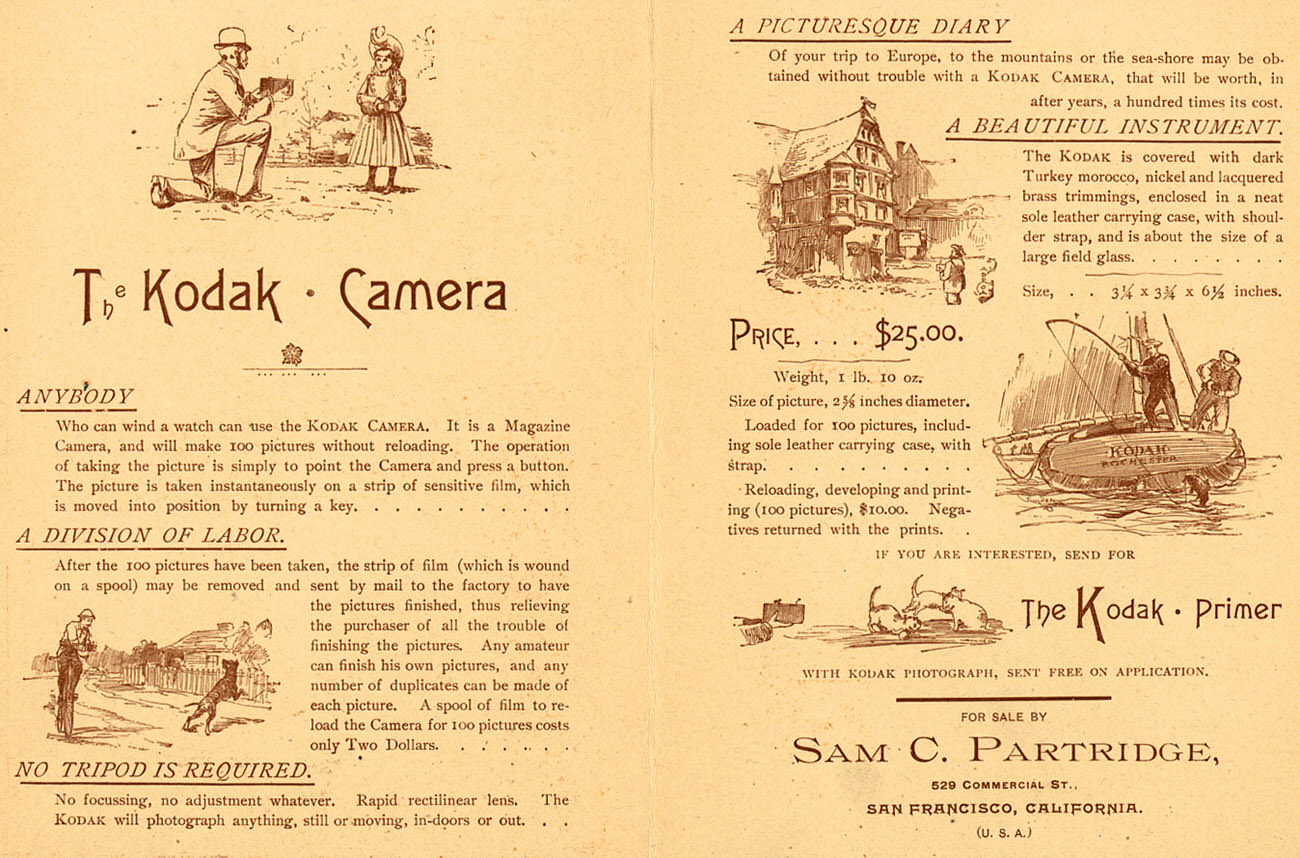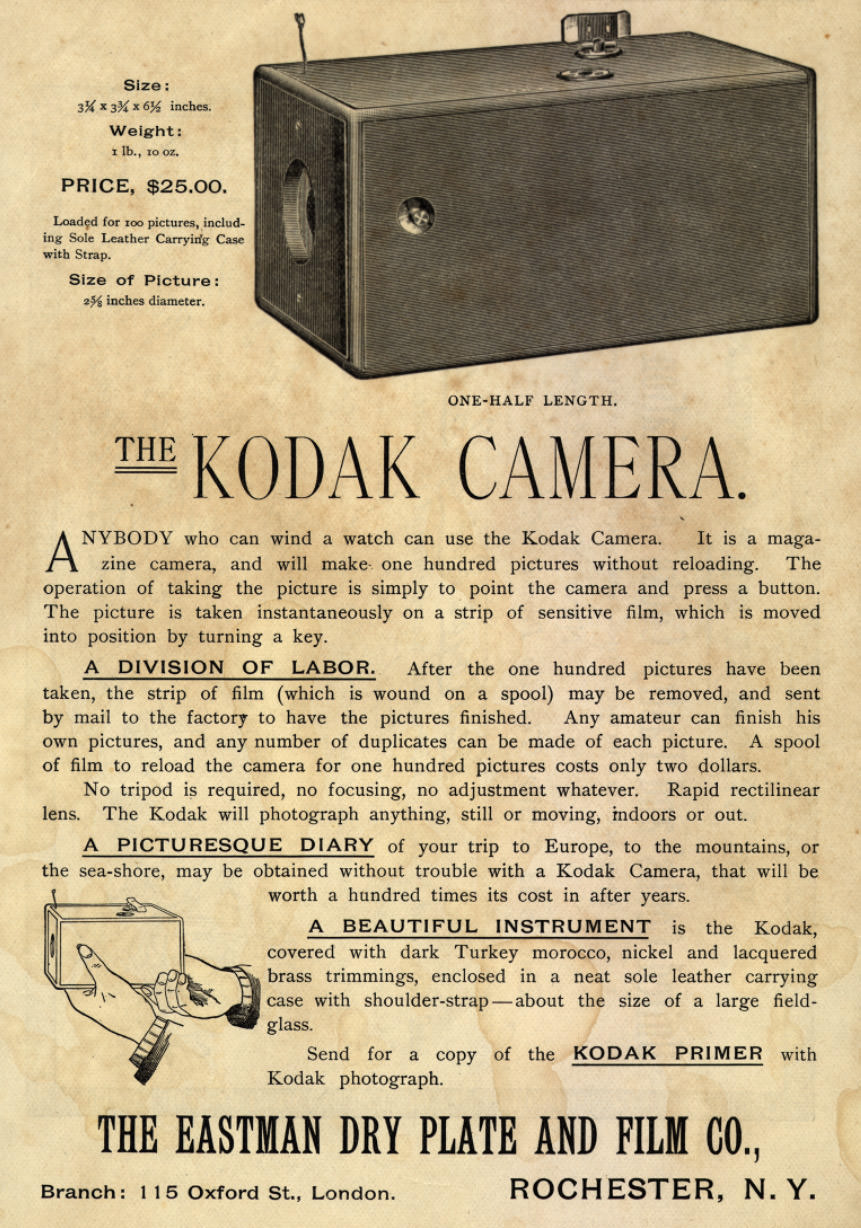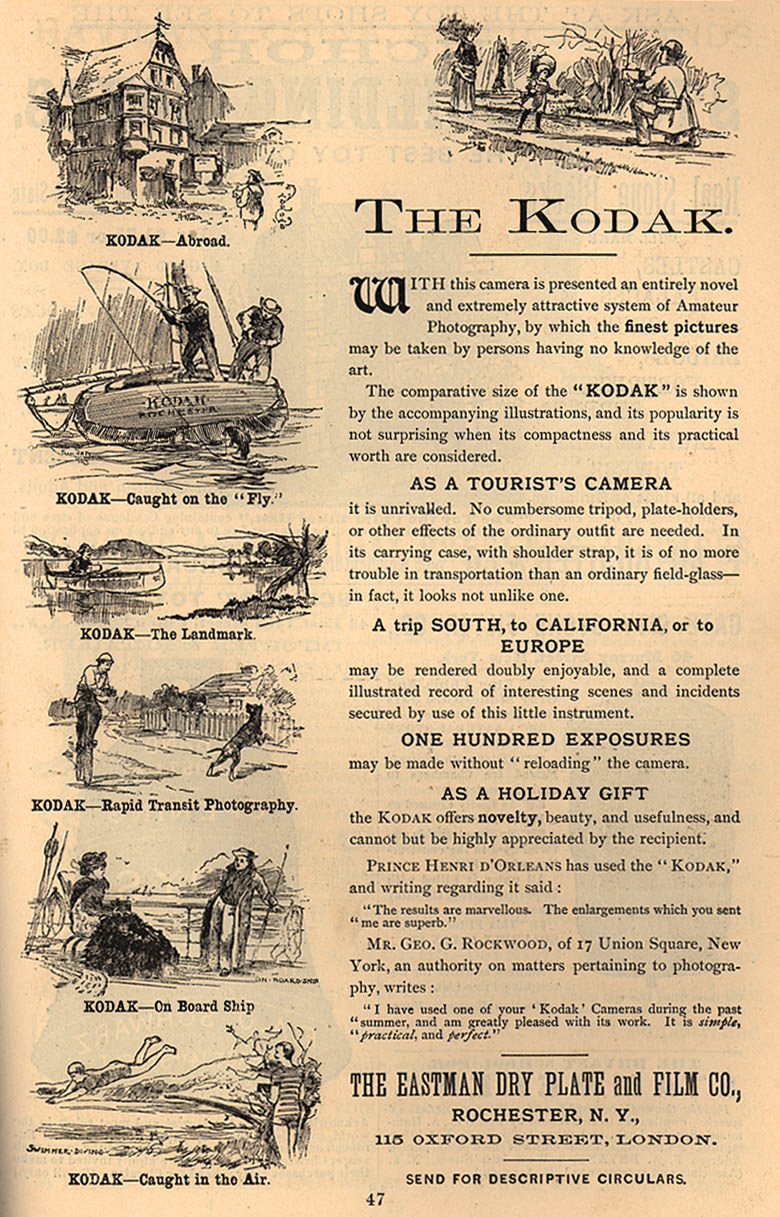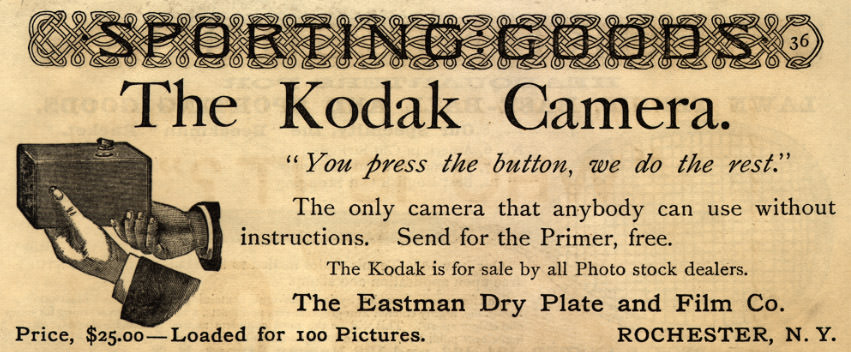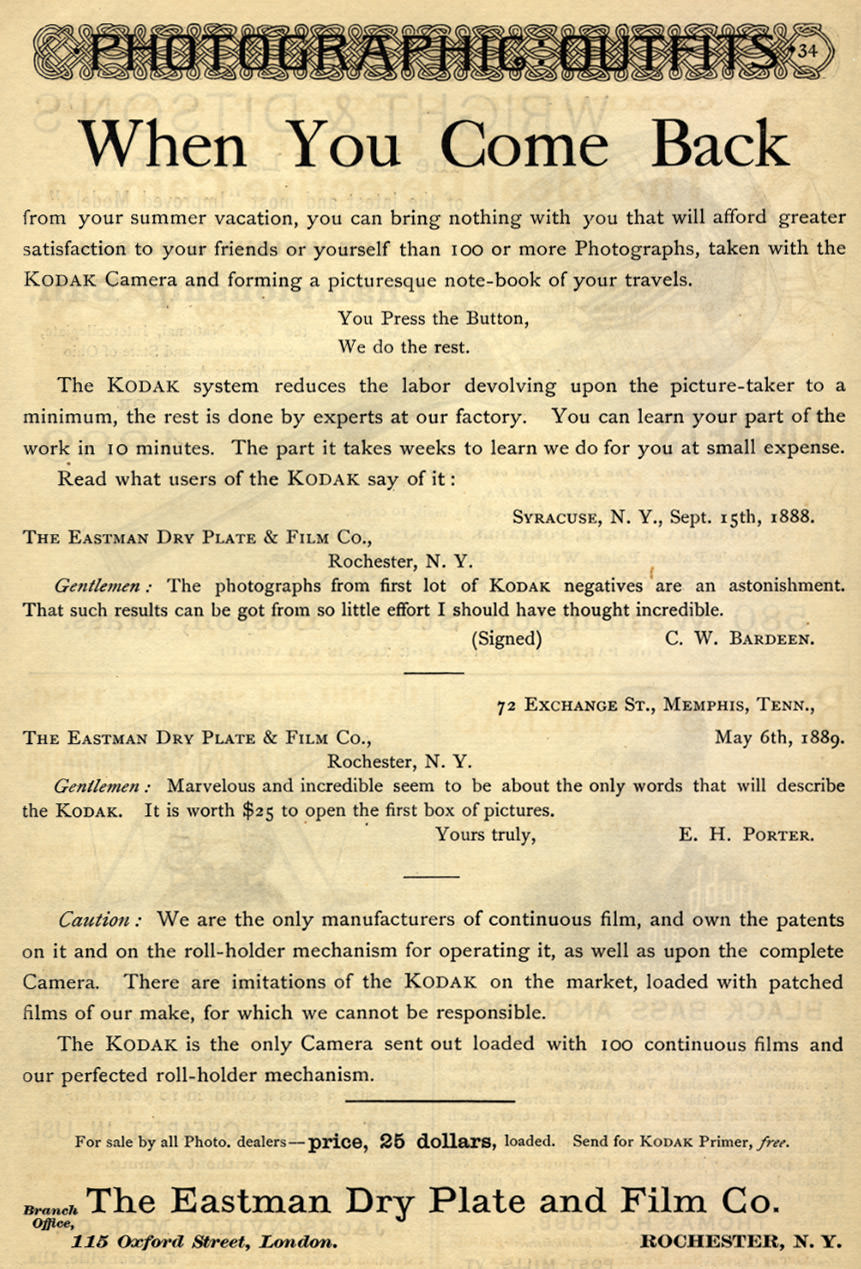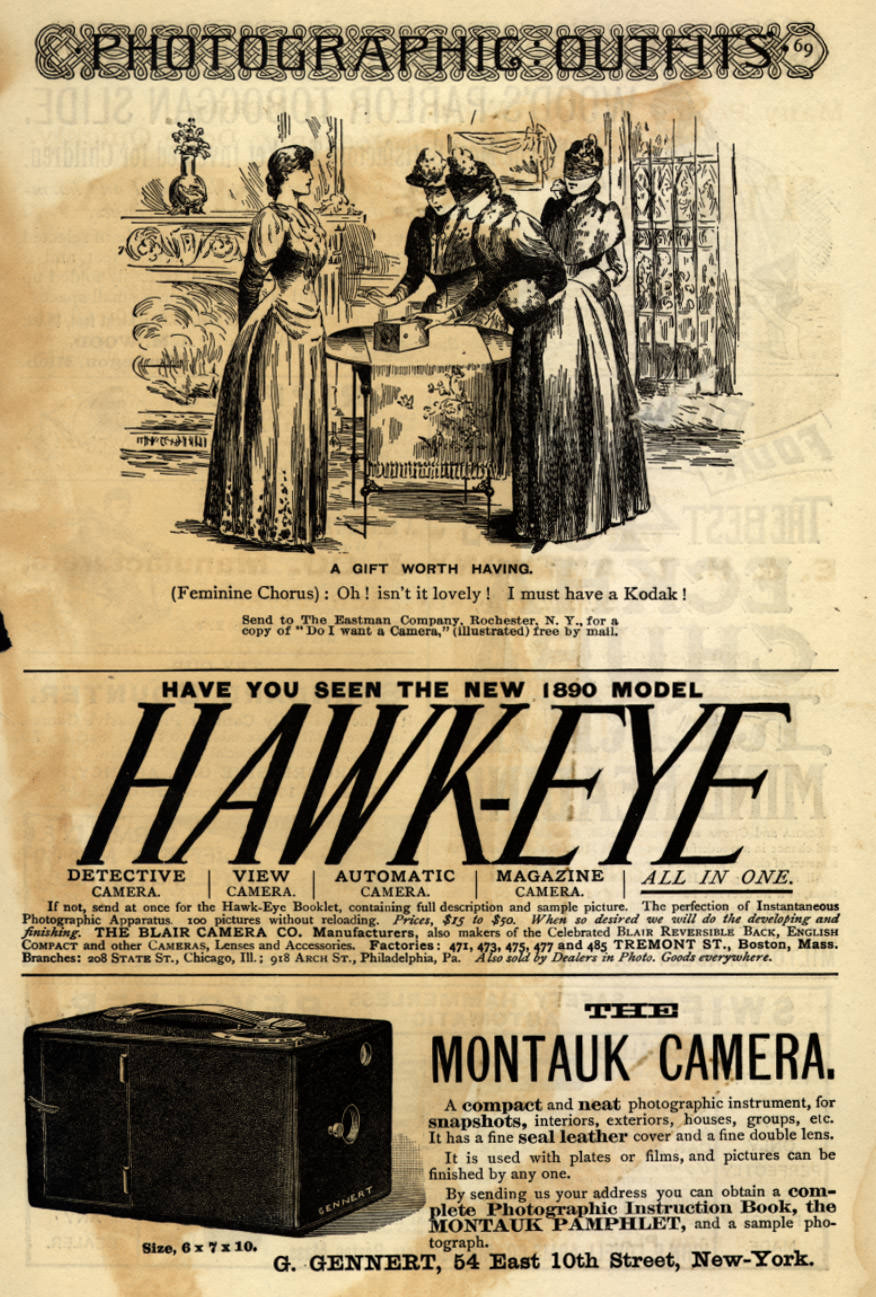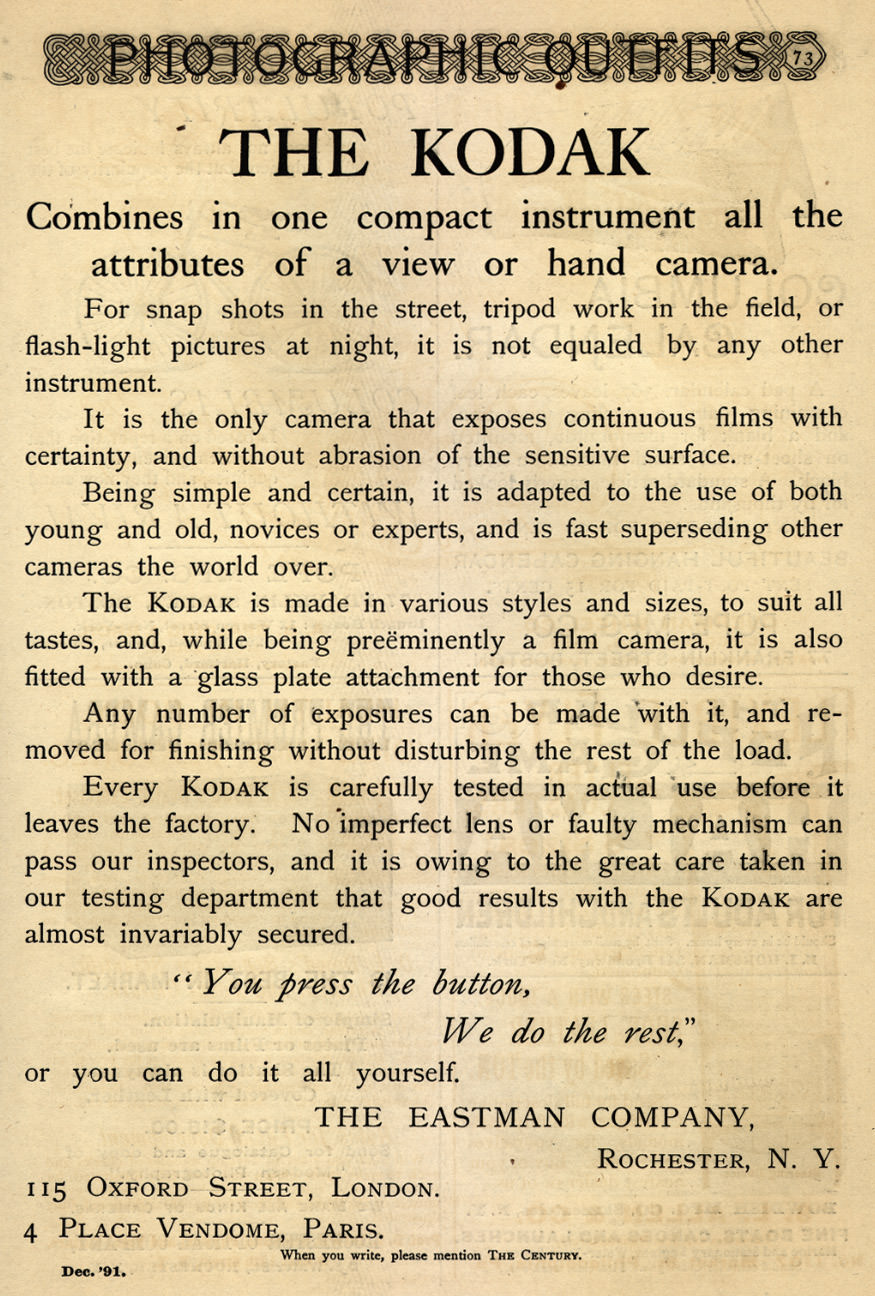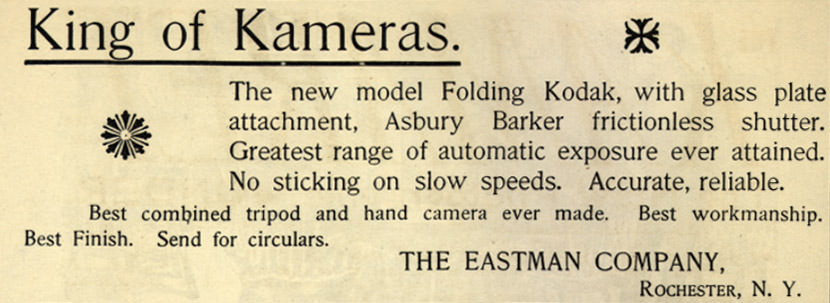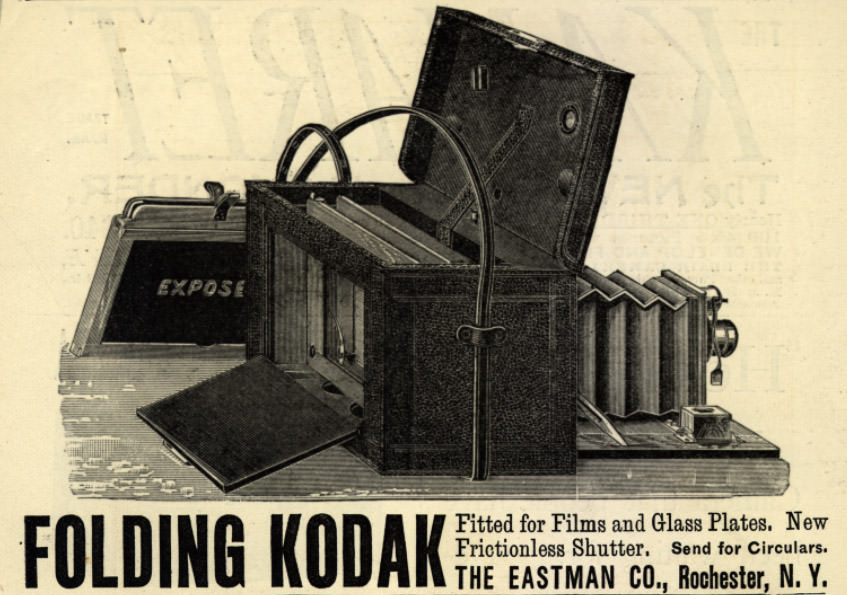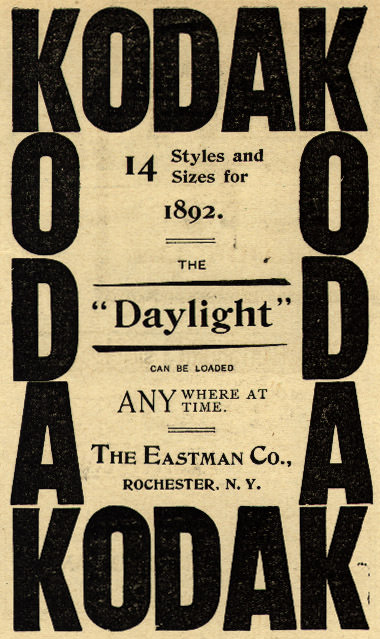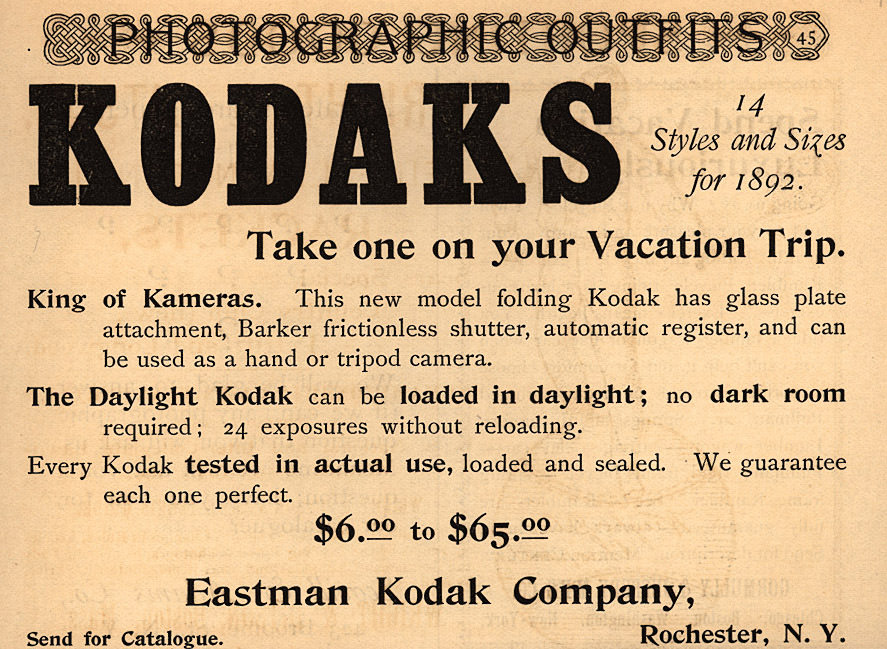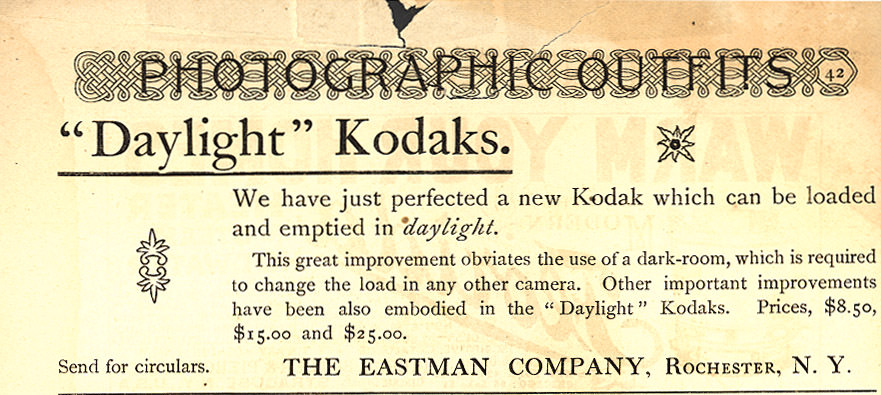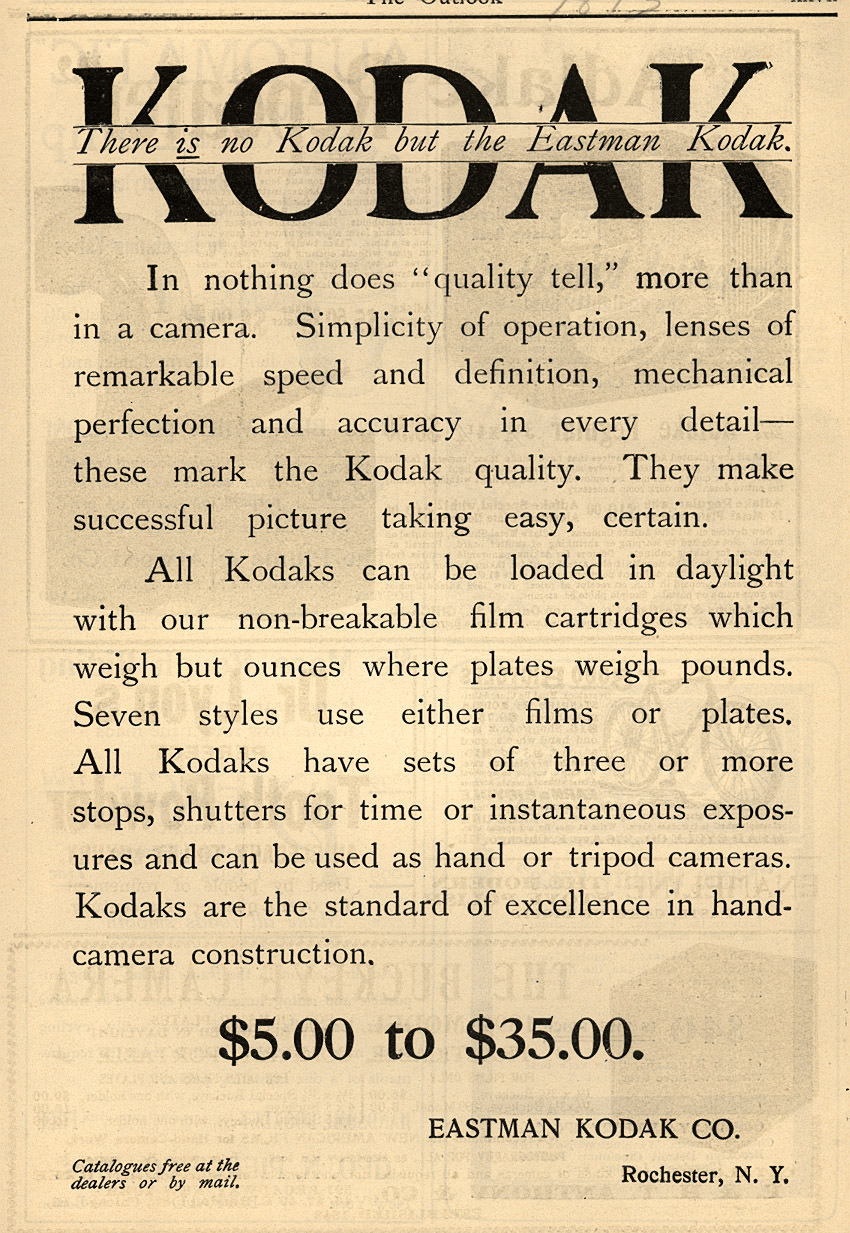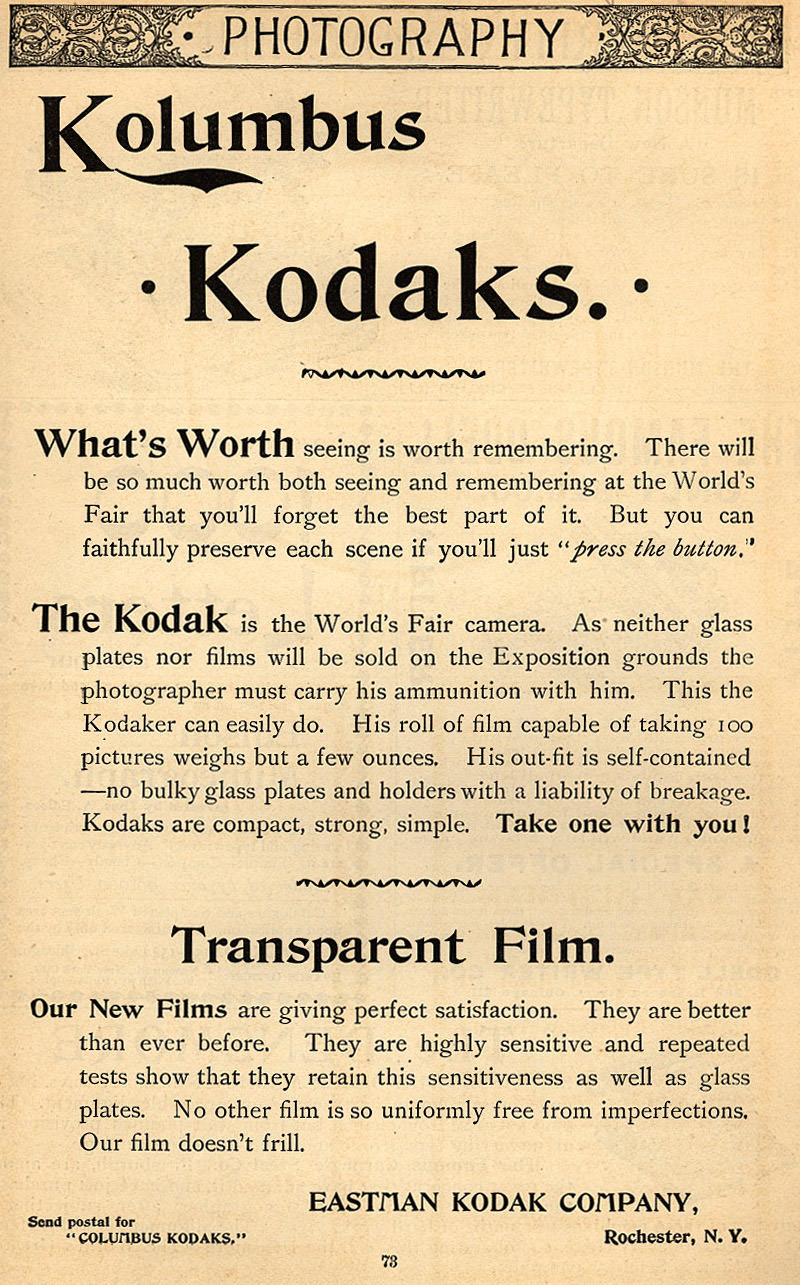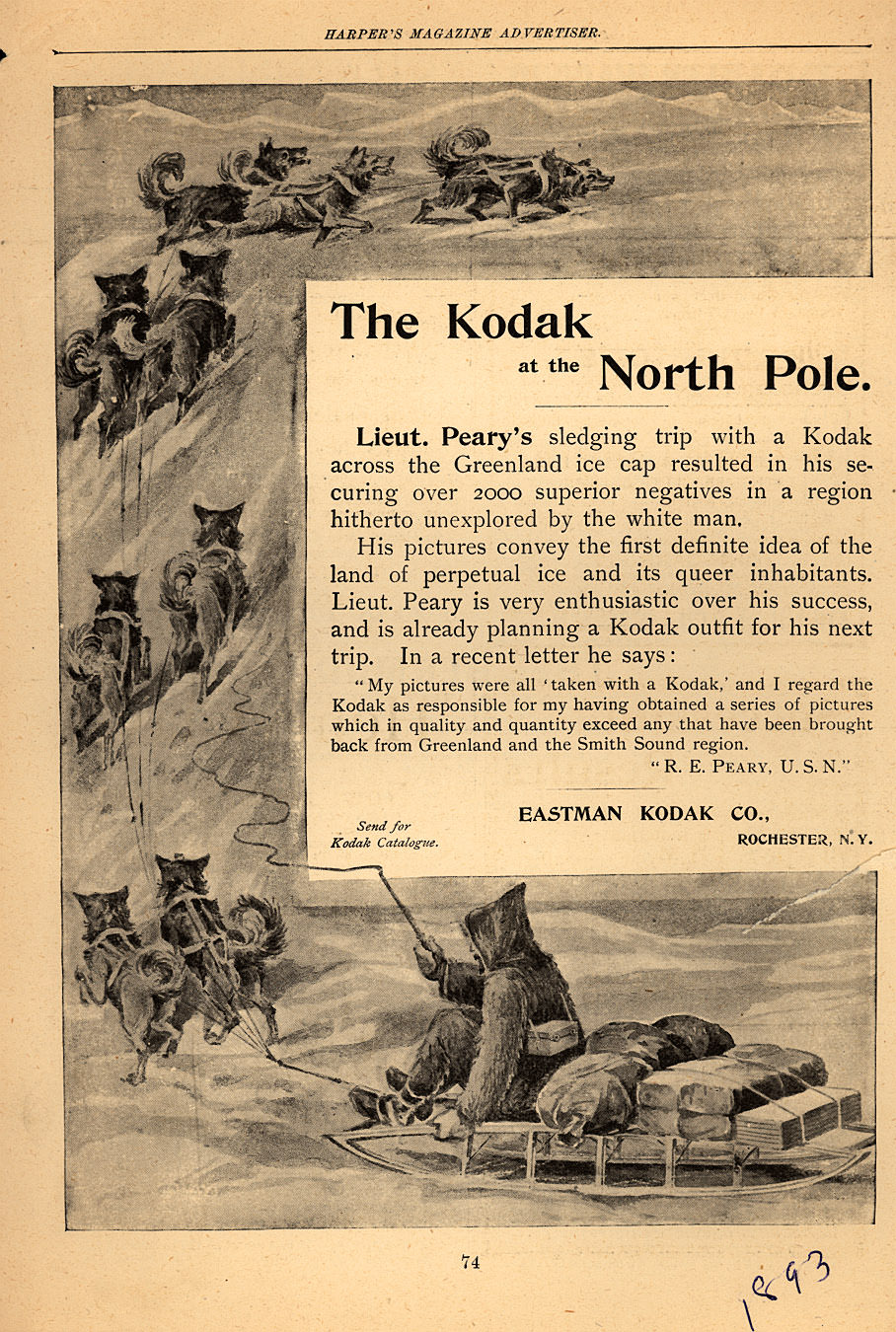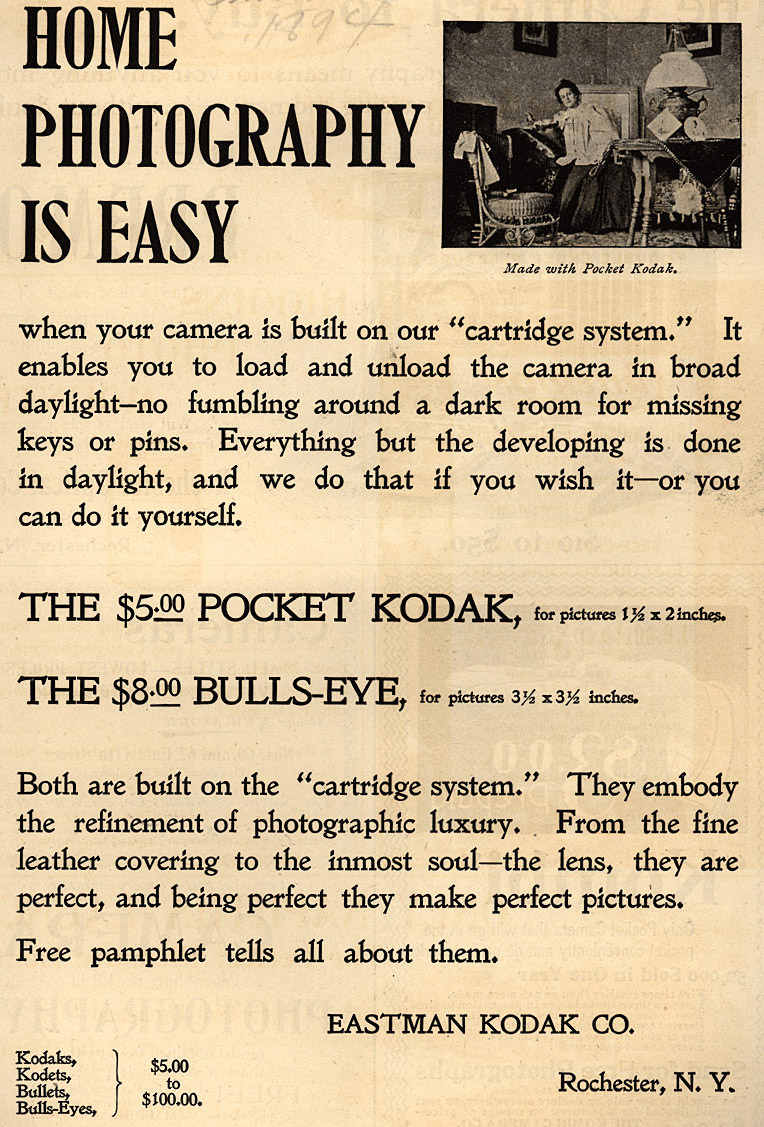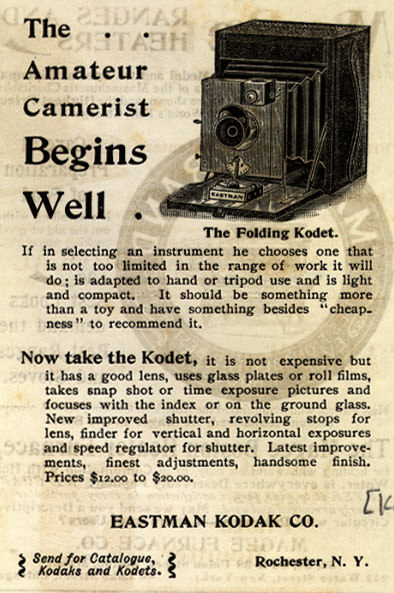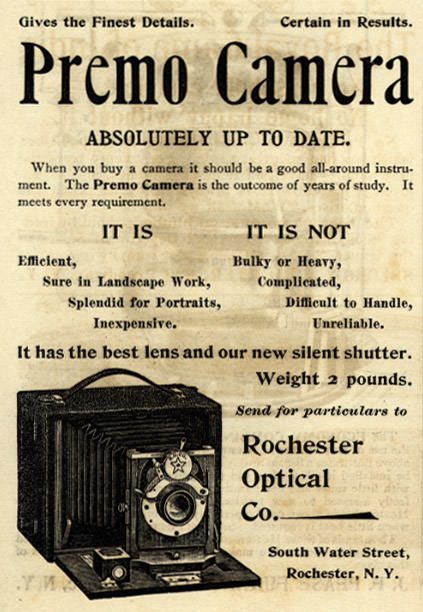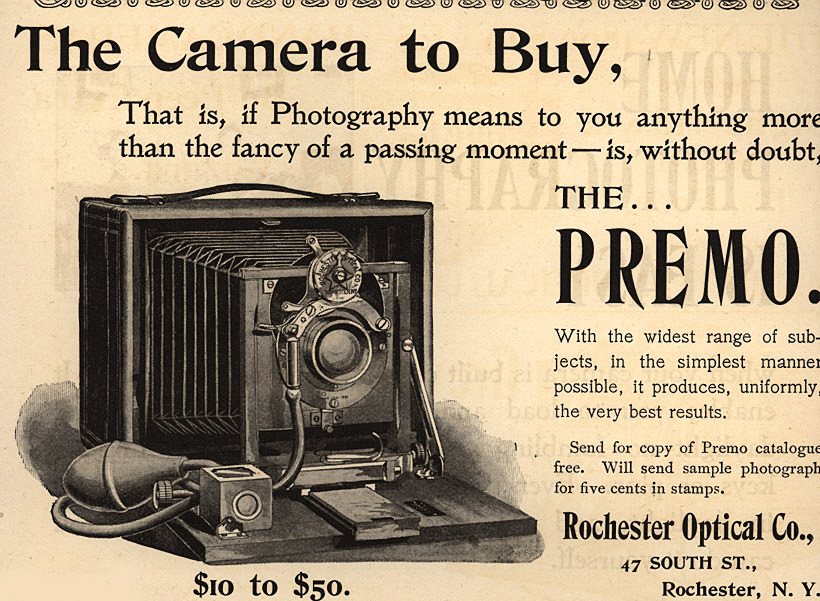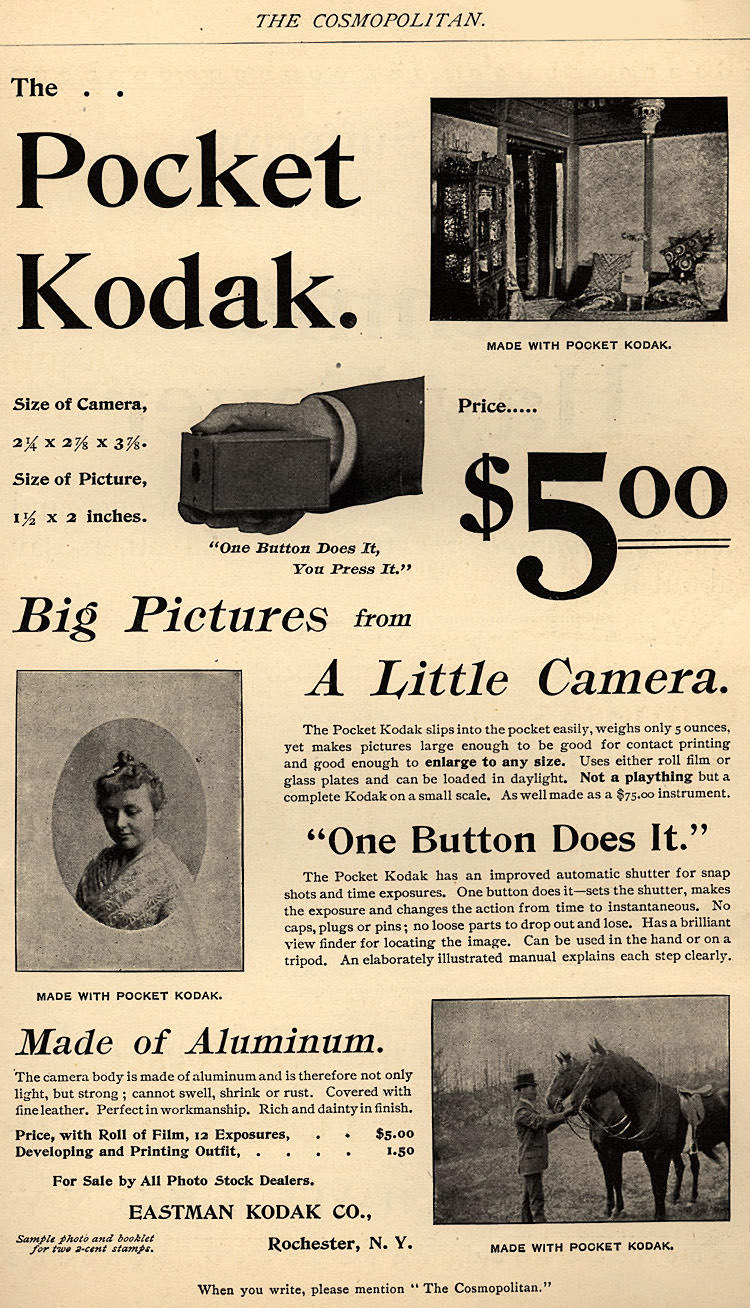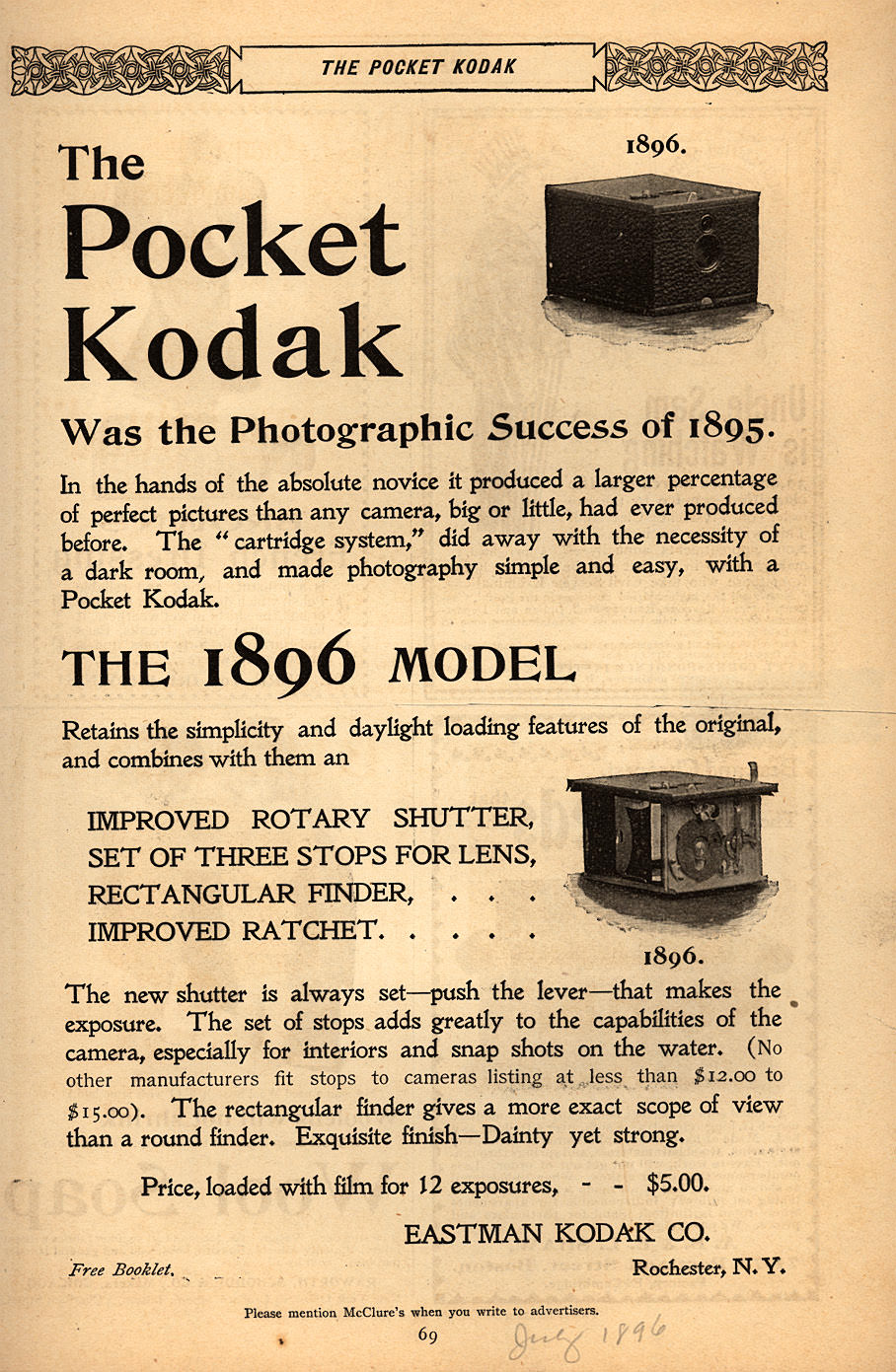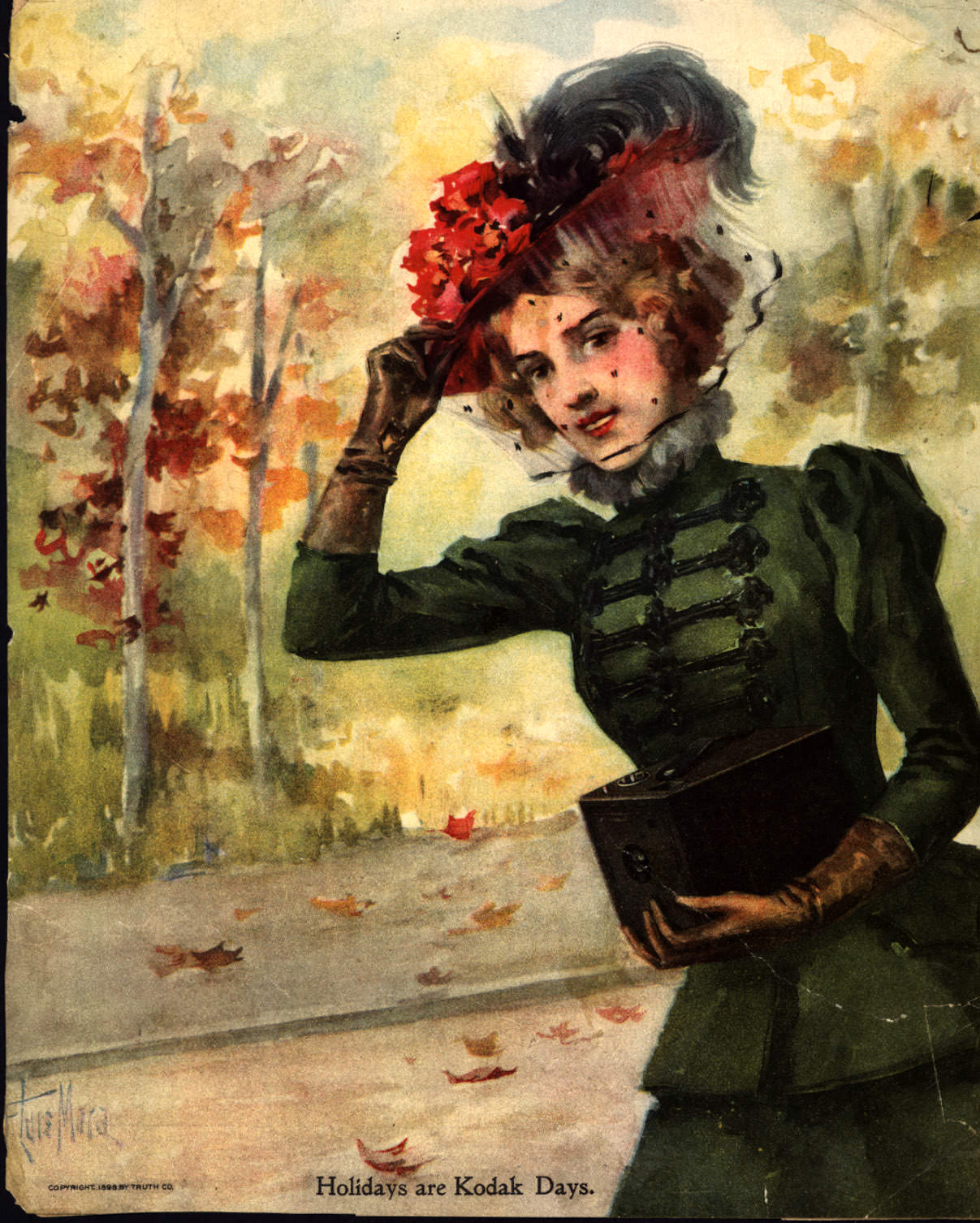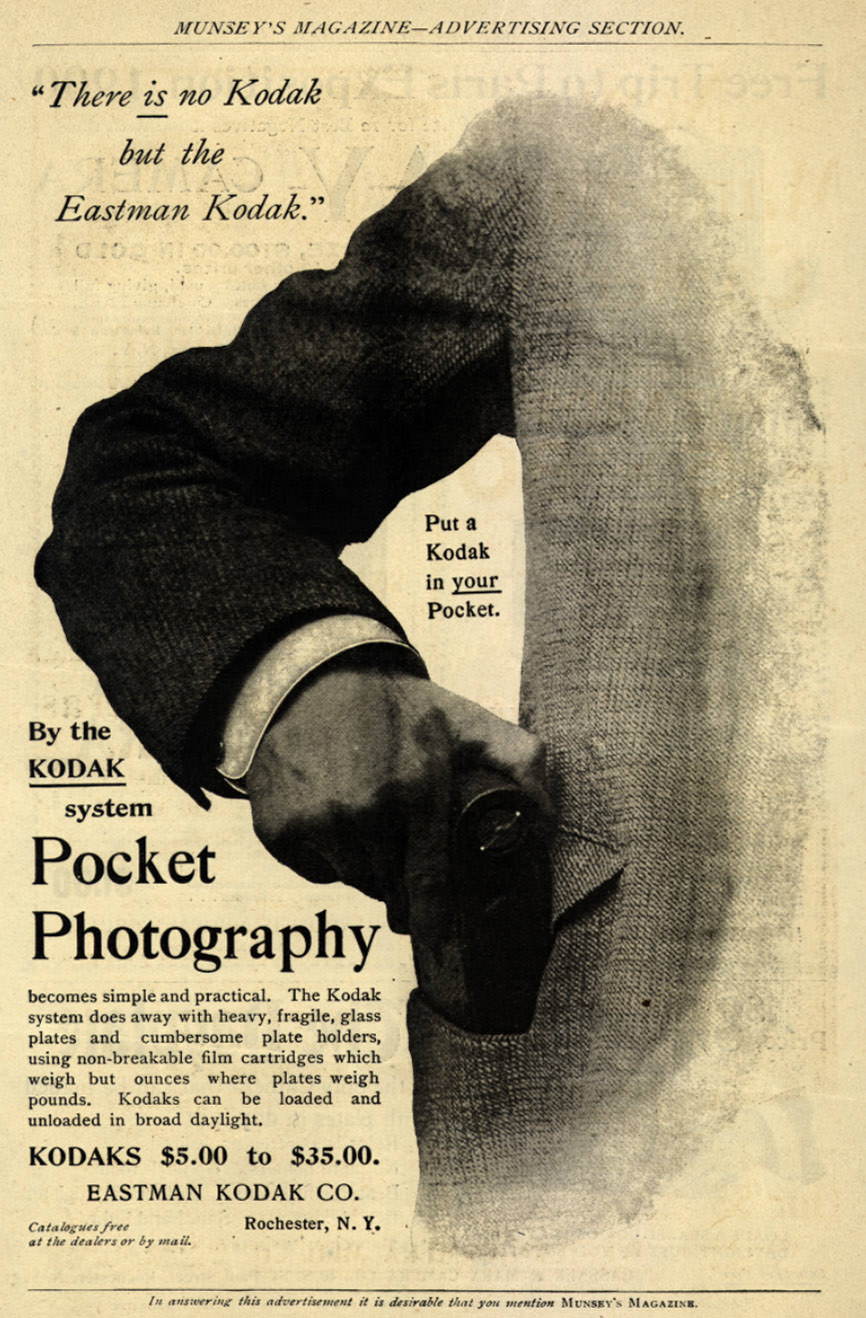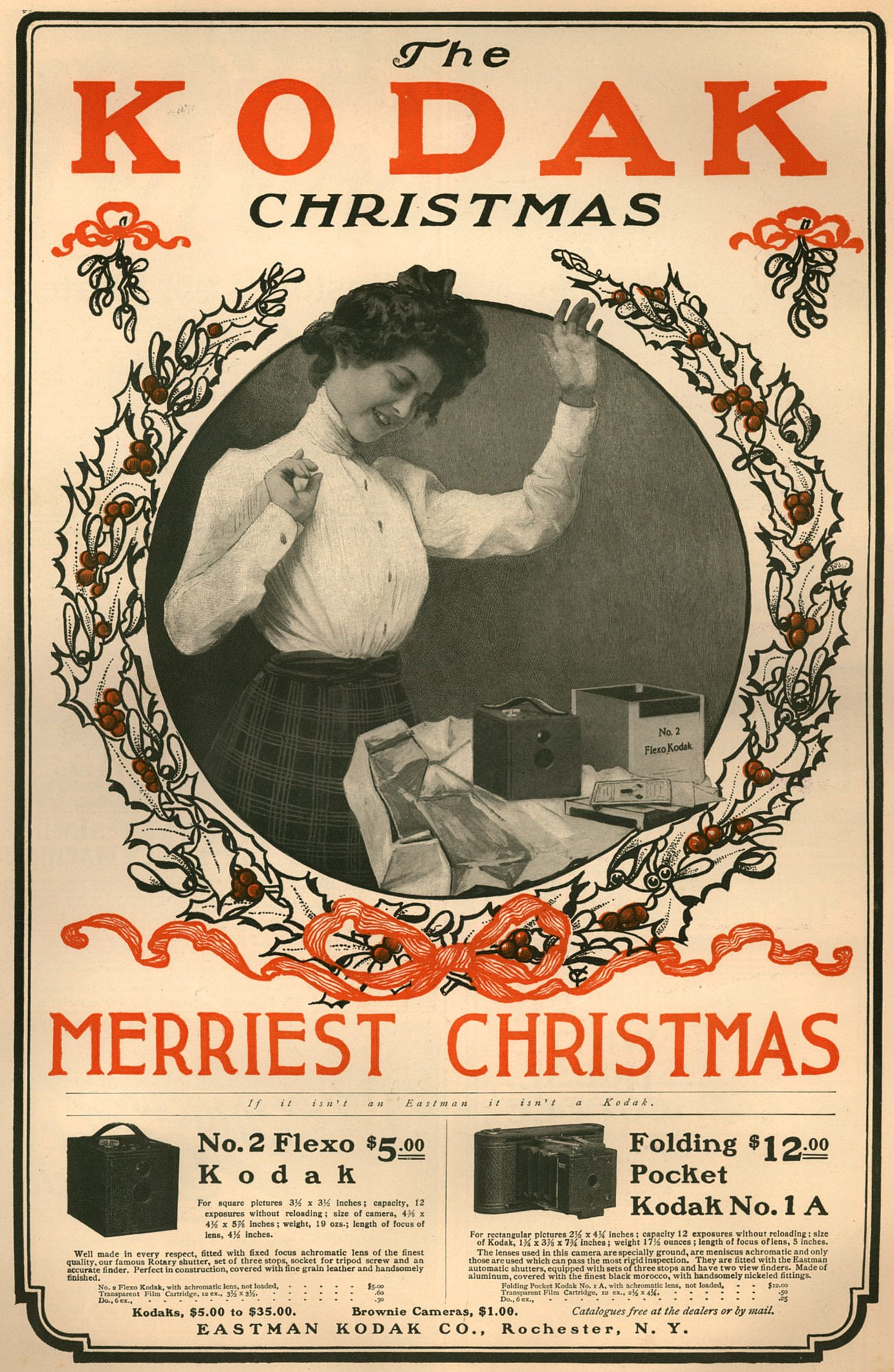The late 19th century saw a revolution in photography. Before this time, taking a photograph was a complicated and expensive process. Then came Kodak, with its simple, user-friendly cameras and clever advertising. Looking at vintage Kodak ads from the late 1800s offers a glimpse into this transformative period.
Kodak’s founder, George Eastman, had a vision: to make photography accessible to everyone. He wanted to remove the technical barriers that kept photography in the hands of professionals. This vision led to the development of the Kodak camera, a groundbreaking invention.
The first Kodak camera, introduced in 1888, was a simple box camera pre-loaded with a 100-exposure roll of film. This was a huge departure from previous cameras, which required photographers to use heavy glass plates and complex chemical processes. The Kodak camera made photography as easy as pointing and shooting.
The camera itself was relatively small and lightweight. It was easy to carry around, making photography more portable than ever before. This portability opened new possibilities for taking photos outside of a studio.
Read more
The most famous slogan from Kodak’s early advertising was “You press the button, we do the rest.” This slogan perfectly captured the simplicity of the Kodak system. Customers would take their 100 photos and then send the entire camera back to the Kodak factory.
At the factory, Kodak technicians would develop the film, print the photos, and reload the camera with a new roll of film. The camera was then returned to the customer, ready for another 100 exposures. This service made photography incredibly convenient for amateur users.
Early Kodak ads emphasized this ease of use. They showed ordinary people using the camera in everyday situations. The ads often featured families, children, and outdoor scenes. This helped to create the image of photography as a fun and accessible activity for everyone.
One popular model was the Kodak Brownie camera, introduced in 1900. This camera was even more affordable than previous models, making photography accessible to an even wider audience. The Brownie was marketed towards children, further solidifying Kodak’s image as a family-friendly brand.
The Brownie camera used roll film, which was a significant advancement over glass plates. Roll film was lighter, more flexible, and easier to handle. This made photography even more convenient for amateur users.
Kodak’s advertising also played a key role in shaping the way people thought about photography. The ads promoted the idea of photography as a way to capture memories, document events, and share experiences with others. This helped to establish photography as an integral part of modern life.
The ads often used simple language and clear visuals to communicate the benefits of Kodak cameras. They avoided technical jargon and focused on the emotional appeal of photography. This made the ads accessible to a wide range of people.
The ads also highlighted the quality of Kodak’s film and printing services. They emphasized the sharpness, clarity, and durability of Kodak photos. This helped to build trust in the Kodak brand and establish its reputation for quality.
#1 By 1893 the price of cameras had become affordable.

A Daylight Kodak was around $25. With its ‘daylight film’ this portable camera – 4″ by 5″ – required no developing equipment. The 1893 Columbian Exposition – the Chicago World’s Fair – was a dynamic opportunity for Kodak to illustrate the practical advantages of its new cameras. Thousands became cameras enthusiasts as a result, a majority of them women.
#2 Public photography was still rare in 1893 and the etiquette of being photographed by a woman had not yet been established. Female photographers at the Fair were nicknamed ‘Kodak fiends.’
#3 American inventor George Eastman (1854-1932) made many improvements in photography.

His 1879 dry plate method was a vast improvement in the wet plate process photographic process. The Eastman Dry Plate Co was established in 1881, in Rochester, New York. Eastman and William Walker invented flexible roll film in 1882, eliminating the necessity of using cumbersome glass plates for photography. The company’s first simple, all-purpose, fixed-focus camera came out in 1888, and sold for $25.00; this was the first KODAK Camera.


